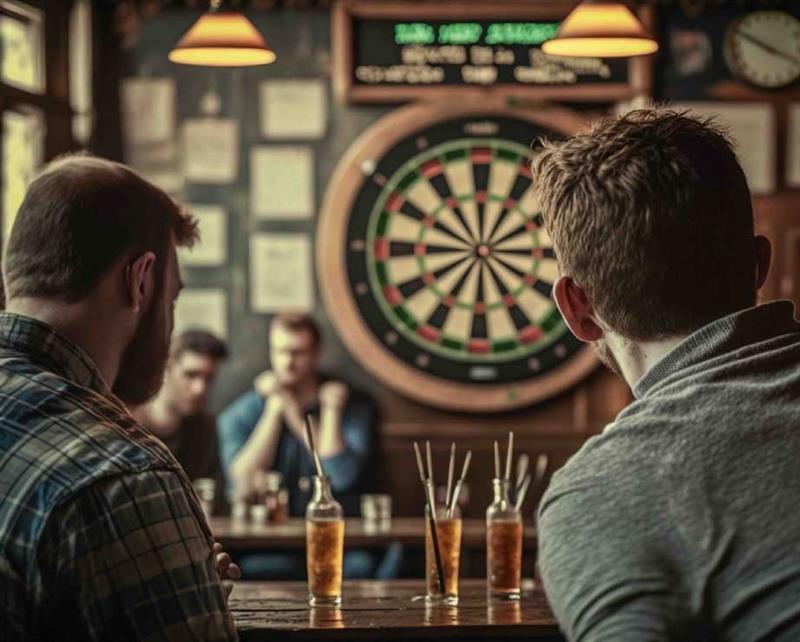Throughout the leisure and hospitality sector, competitive socialising has emerged as one of the most significant shifts in recent years. It blends gaming, sport, and entertainment into a shared social experience, transforming a simple night out into something truly memorable.
What is Competitive Socialising?
Although the phrase might sound new, the concept has long existed. From darts in pubs to pool tables and pub quizzes, friendly competition has always enhanced social occasions. In recent years, however, the idea has been revitalised and scaled up, marking one of the sector’s most significant developments in decades.
The principle is simple: bring people together in a lively venue that combines games, food, music, and drinks. Many such venues are large-format, often located in city centres, and designed to appeal to younger audiences with Instagram-ready interiors. Recognised brands leading the charge include Swingers (crazy golf), Puttshack (mini golf), Flight Club (darts), Electric Shuffle (shuffleboard), Sixes (cricket), and Bounce (ping pong). Other innovators have taken a tech-first approach, such as Toca Social with its football penalty shootout experience, or Immersive Gamebox with interactive digital gameplay. The arcade experience has also seen a revival, with F1® Arcade offering group racing simulator sessions.
Flight Club’s Success Story
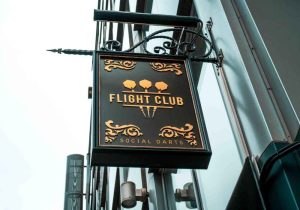
At the Propel Conference in London, Steven Moore, founder and CEO of Red Engine (the parent company of Flight Club and Electric Shuffle), shared insights into how the brand turned competitive socialising into a multimillion-pound business. He revealed that both employee engagement and customer satisfaction stand at an impressive 91%. Since the first Flight Club opened, more than 568 million darts have been thrown, a testament to its remarkable popularity.
Moore emphasised that creating a great experience for guests naturally translates into high employee satisfaction and retention, supported by strong career progression within the business.
Why It’s Trending
According to Moore, the way people socialise is evolving, just as dining habits have changed with the rise of small plates and casual dining. Flight Club invests heavily in every detail, from music and lighting to interior design, with 35 in-house designers shaping the look and feel of each venue.
A highlight reel of every darts match is automatically created for guests to share on social media, providing free organic promotion. Behind the scenes, a dedicated tech team continually works on innovations to enhance customer experience. Marketing efforts focus strongly on Instagram and TikTok, aligning with the social habits of its core audience.
Interestingly, Moore noted that around 70% of Flight Club’s revenue comes from food and drink, with games acting as the catalyst for a strong bar-led expenditure. As he put it, “Playing encourages drinking.”
Beat Your Competition: Best Menu Pairings
Food plays a crucial role in the success of competitive socialising venues, and fries are a natural fit. Reliable, profitable, and perfect for sharing, they’re an ideal option to keep guests fuelled while they play. Recommended choices include:
1. Aviko SuperCrunch Thin Cut 9.5mm Skin-On Fries: Crispy texture and homemade look.
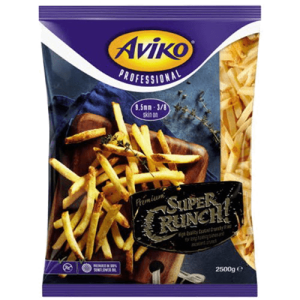
2. Aviko Hash Browns: Golden and consistently popular.
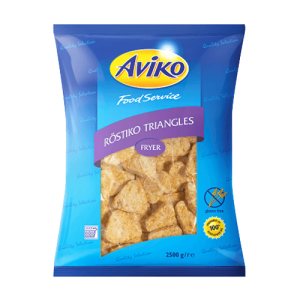
3. Aviko SuperCrunch Pure & Rustic Fries: Natural cut for a rustic, casual appeal.
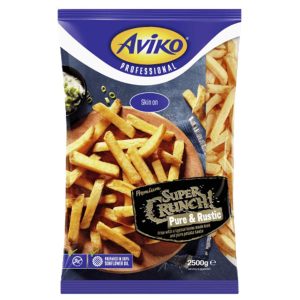
How Competitive Socialising Delivers Results
The financial performance speaks for itself. In 2022, Flight Club operator Red Engine reported £52 million in revenue and £9.2 million group EBITDA, more than doubling its 2021 results. Growth was driven by new openings in Cheltenham, Cardiff, Leeds, Austin, and beyond, alongside international expansion into the United States and Australia through franchise partners.
Moore commented:
“To announce a turnover figure of more than £50 million for 2022 is incredibly rewarding, particularly when we consider an energy crisis and nationwide train strikes. This result is testament to the resilience and appeal of our product, which offers added value beyond a standard drink offering and brings moments of joy to groups of friends around the globe.”
Conclusion
Competitive socialising is more than just a trend; it represents a transformation in how people spend time together. By combining food, drink, and fun, it offers operators a powerful way to drive revenue, engagement, and customer loyalty. Pairing great entertainment with shareable favourites such as Aviko fries creates an unbeatable formula that keeps customers entertained and coming back for more.

